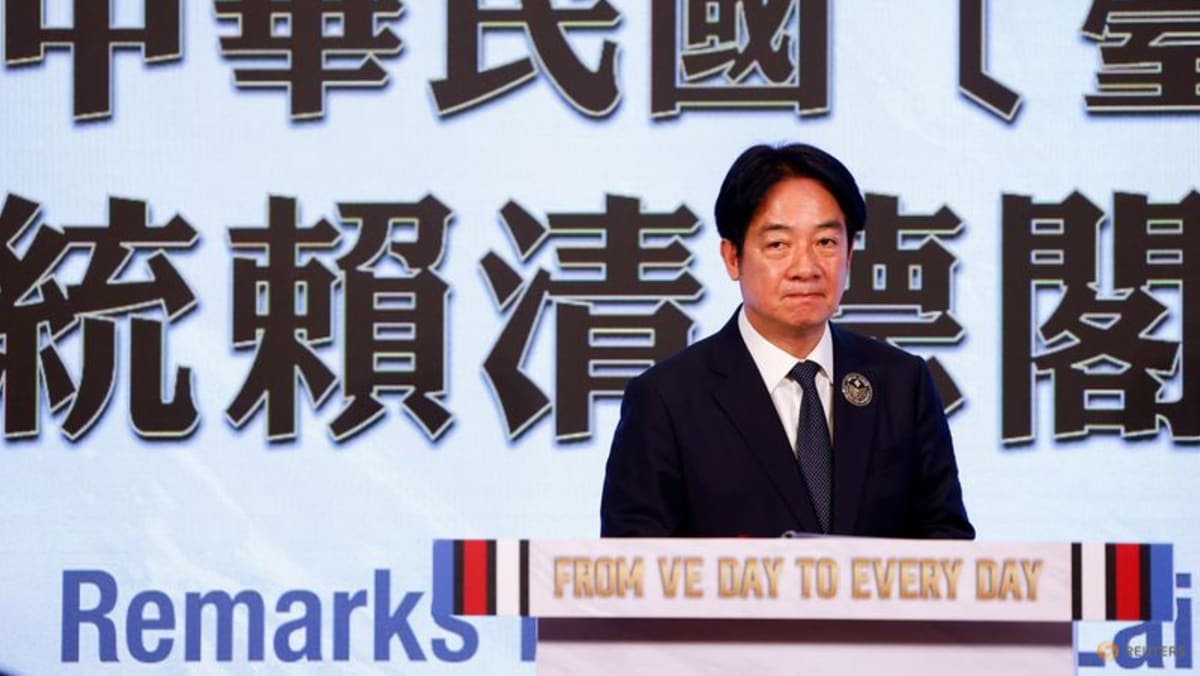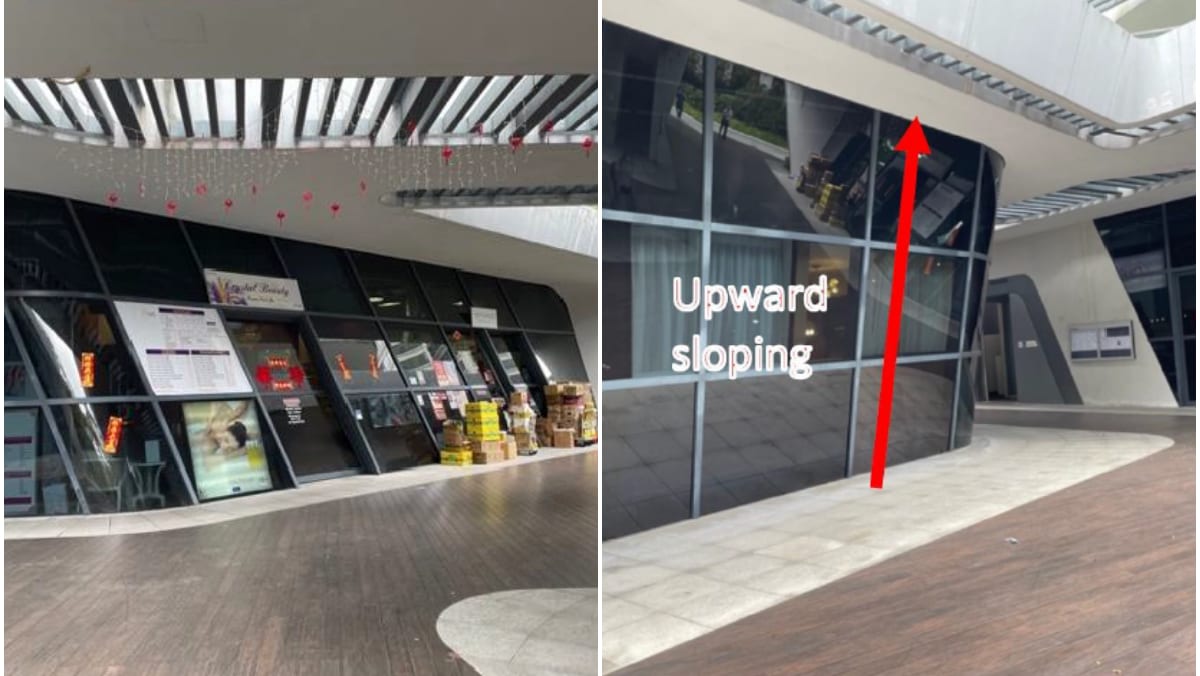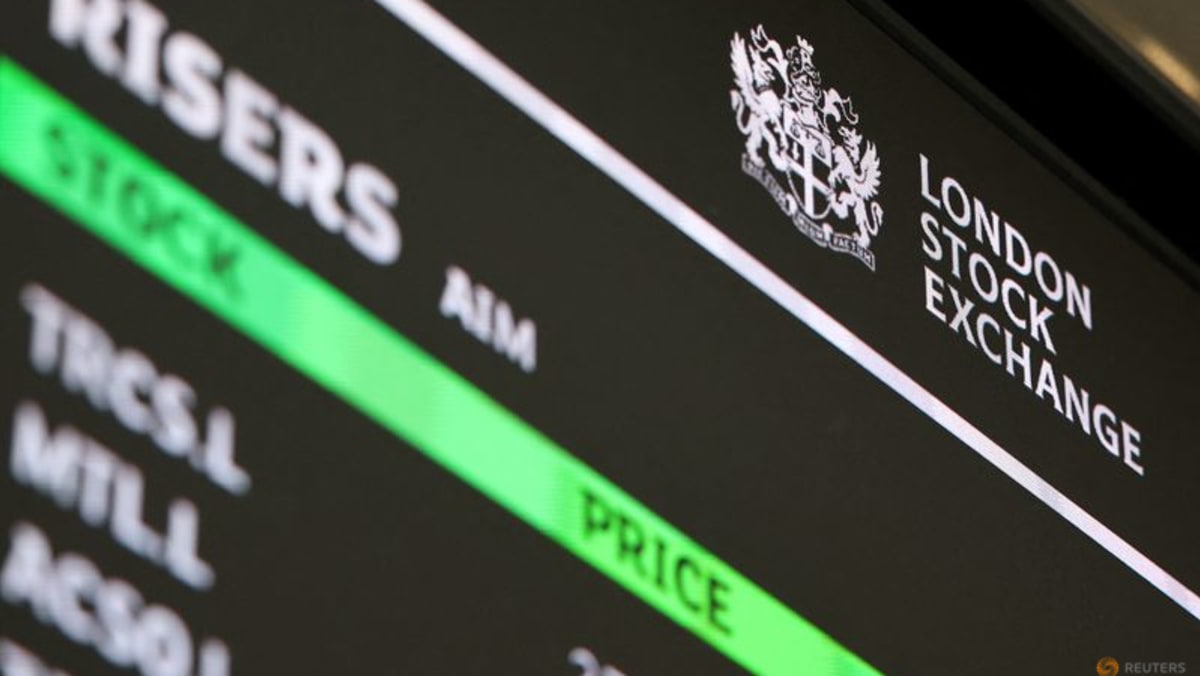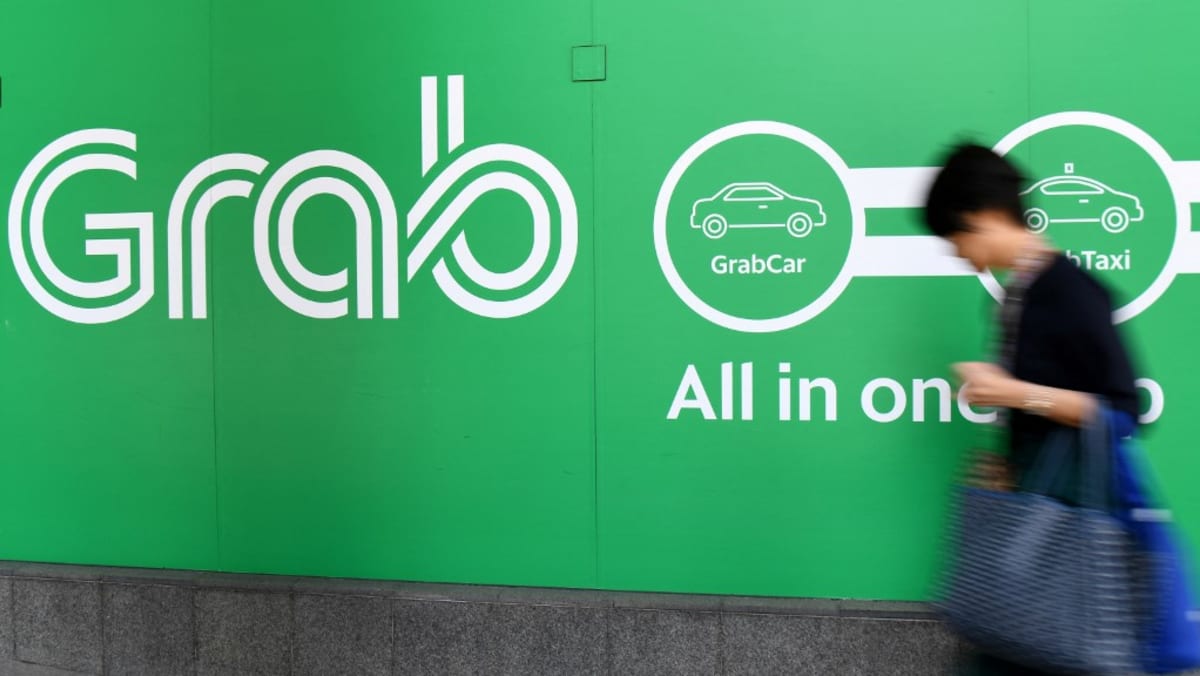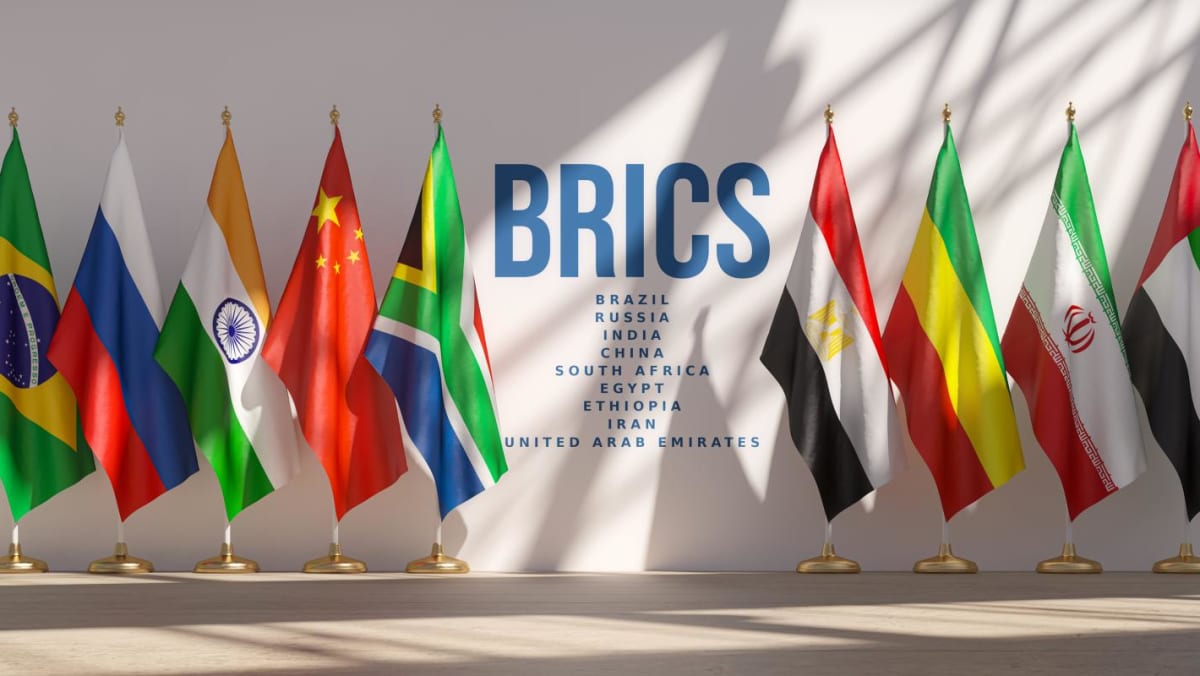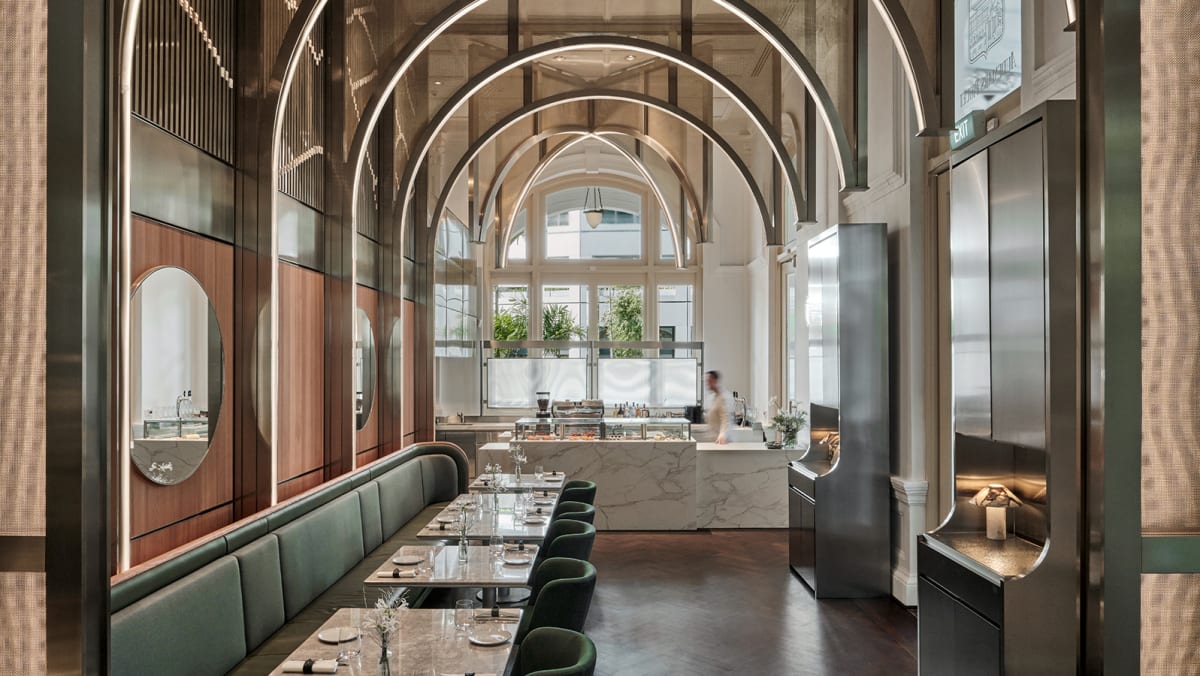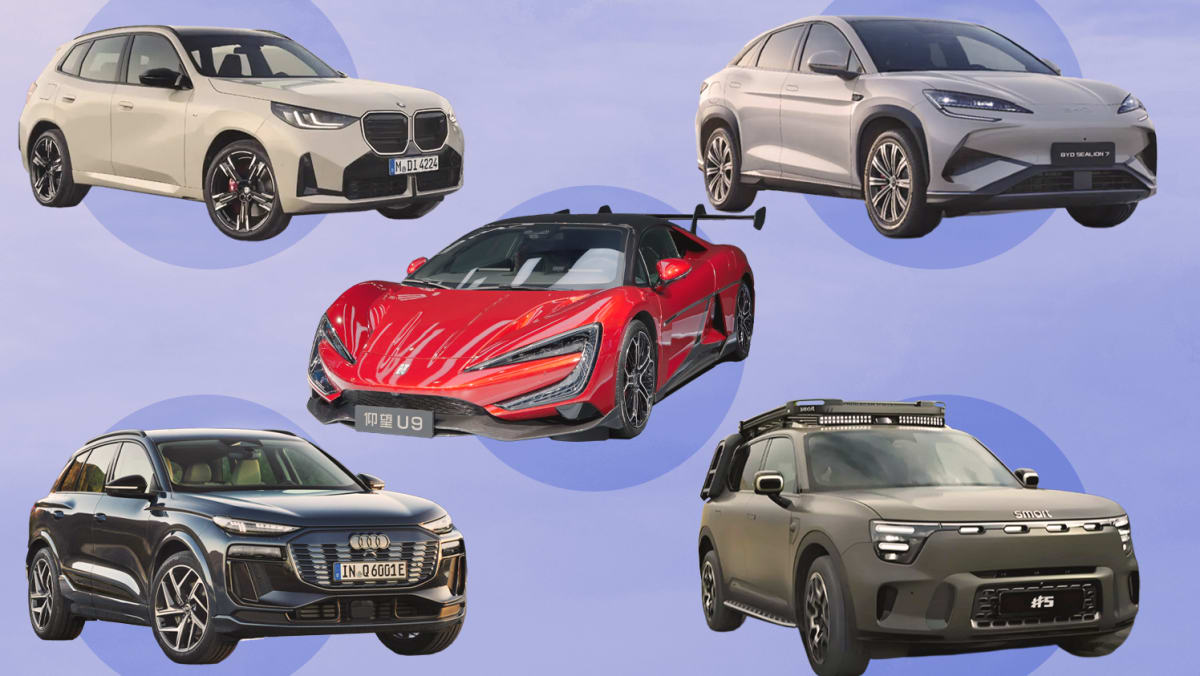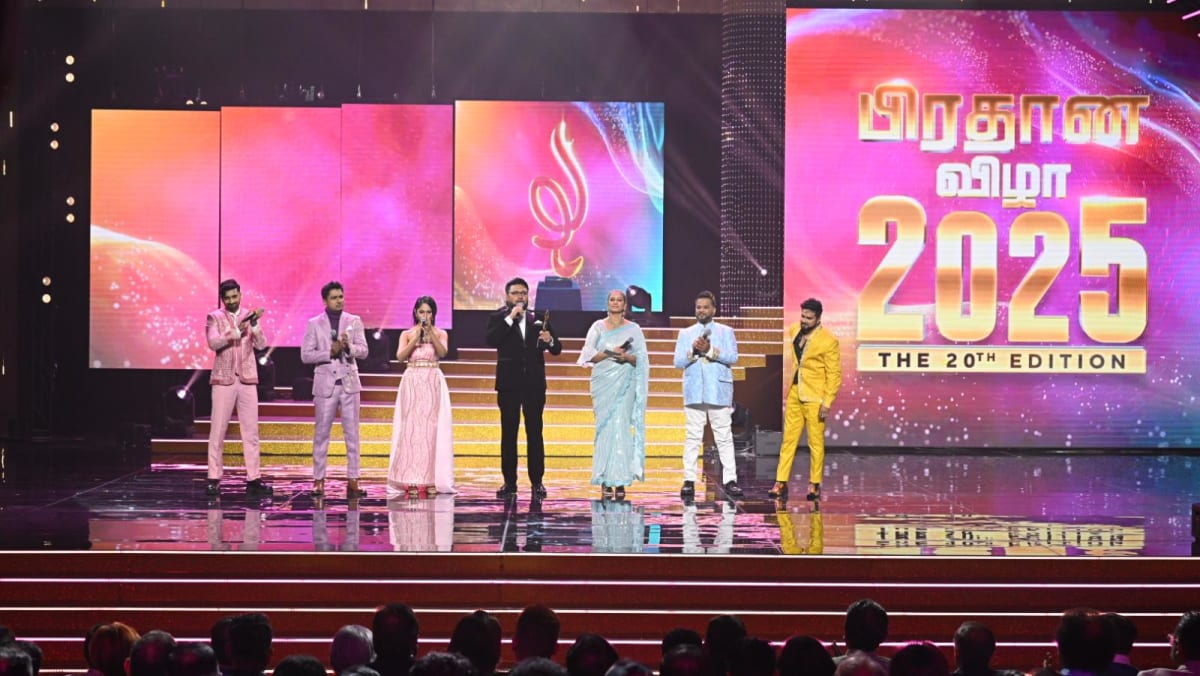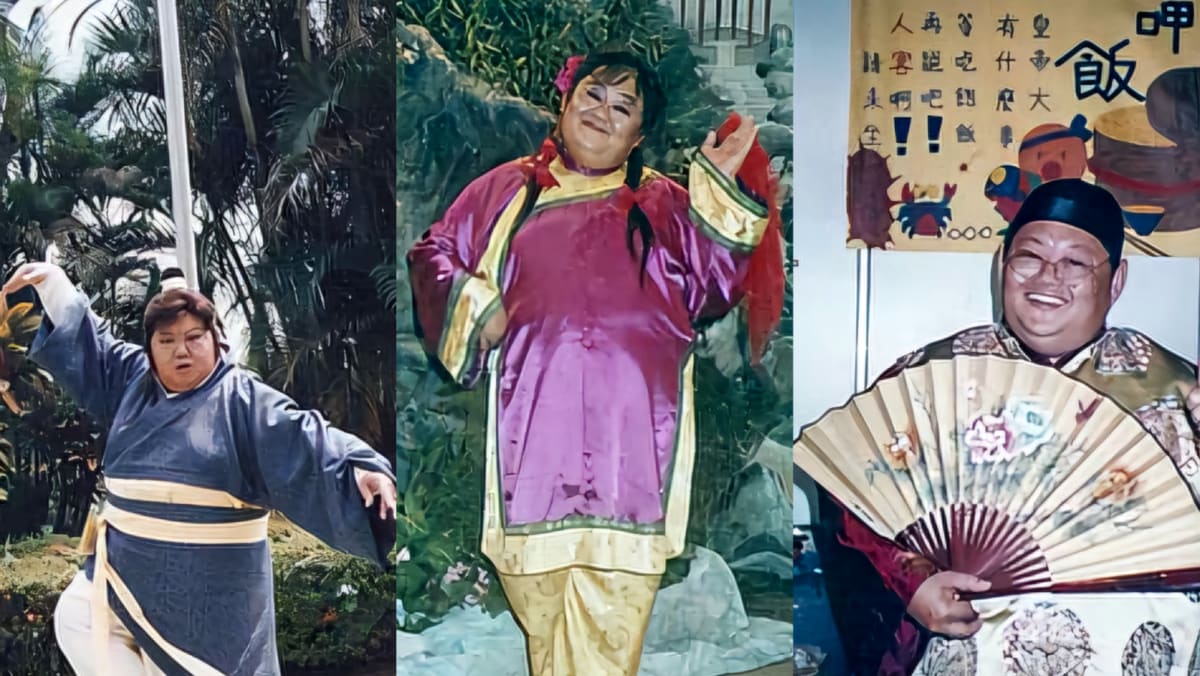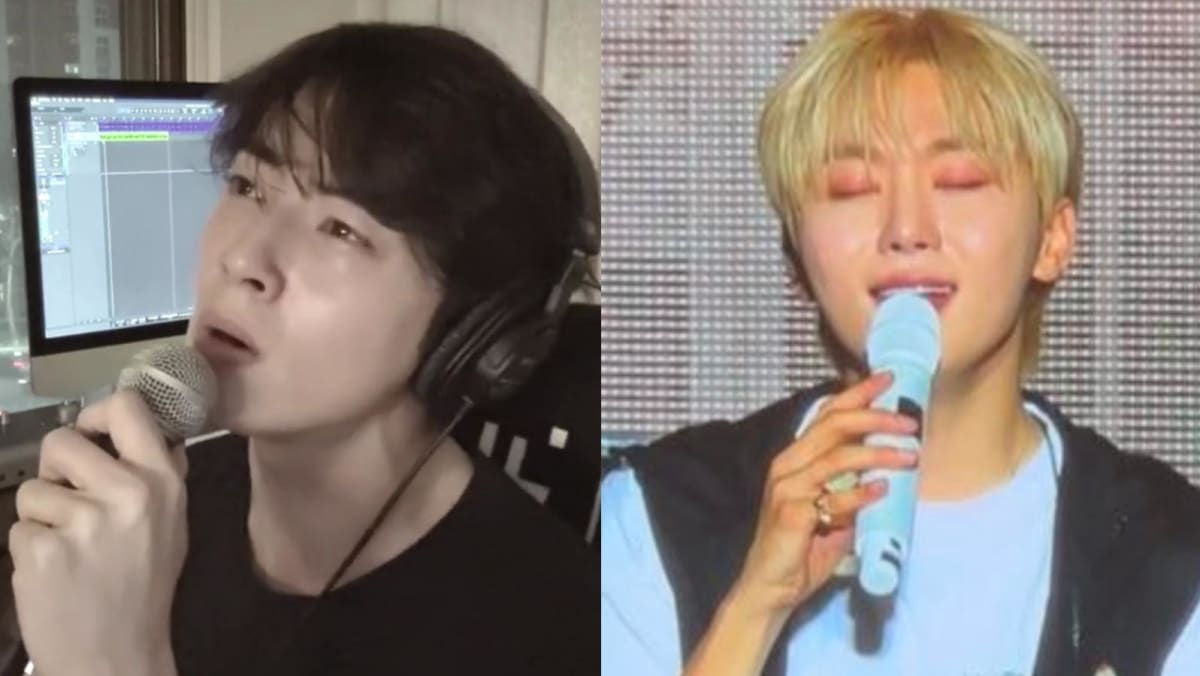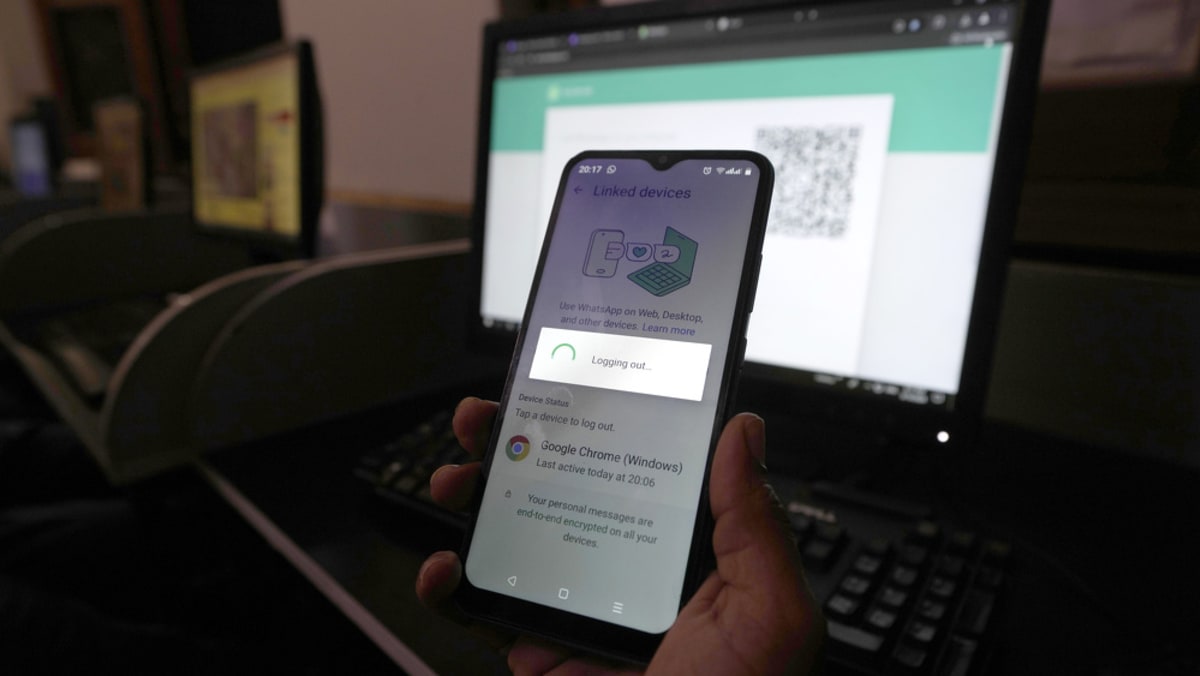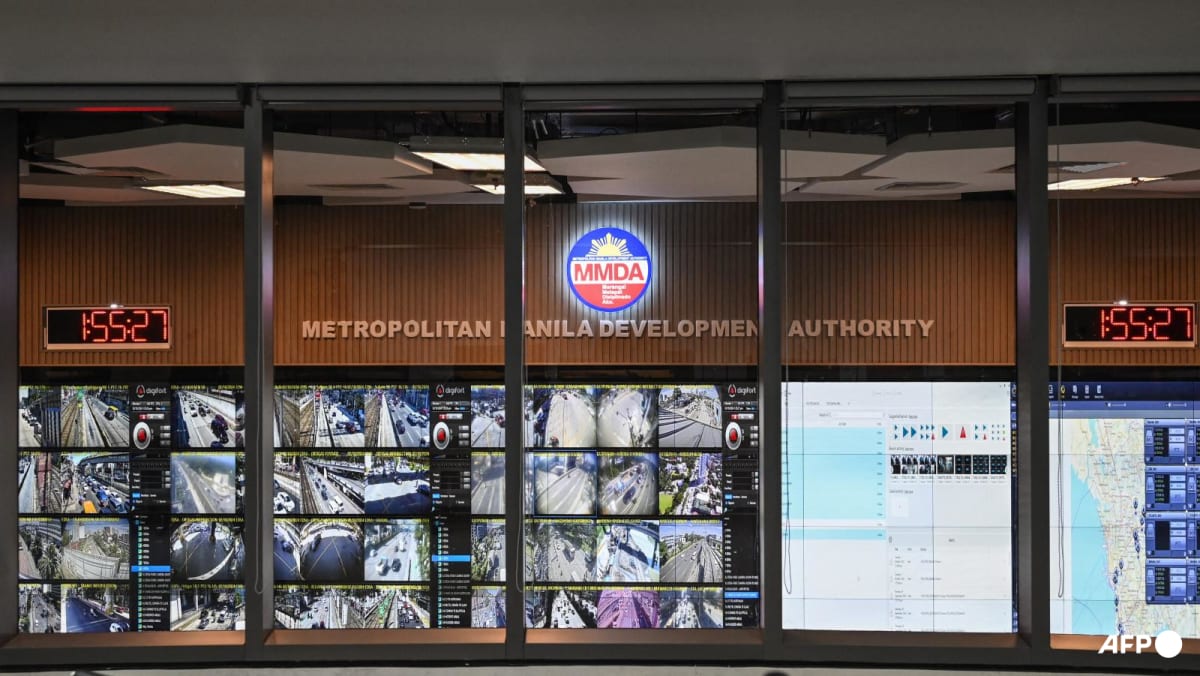There’s something unusually alluring about vintage or antique jewellery. Besides the appeal of jewellery designs of the past, the gemstones that were cut and used for them back then were also uniquely different, as compared to what we see now.
Antique or old-cut diamonds, in particular, had distinct qualities that set them apart from their modern-day counterparts. They were cut by hand back in the old days – with no help from machines, and with faceting that’s also significantly unlike that of today’s diamonds.
This is exactly where their charm lies – because of the way they are cut, vintage or antique diamonds tend to produce a softer, gentler, and what many describe as a more “romantic, dreamy” sparkle, as opposed to that of modern-day diamonds, which are cut for a dazzling brilliance.
Obviously, such olden-day diamonds are not easy to come by – you’d likely only be able to find them as part of vintage and antique jewellery, or re-set into new jewellery designs. There are international sellers, however, who stock loose old diamonds, although it’s advisable to only go to those with a proven reputation and credibility.
Have you perhaps been intrigued by these gems, and would like to acquire more knowledge about them? Local jeweller Choo Yilin shares her appreciation for these old diamonds, as well as, her experience working with them. The specialist in jade fell in love with them when working on her namesake brand’s Estate collection.
WHAT ARE OLD-CUT DIAMONDS?
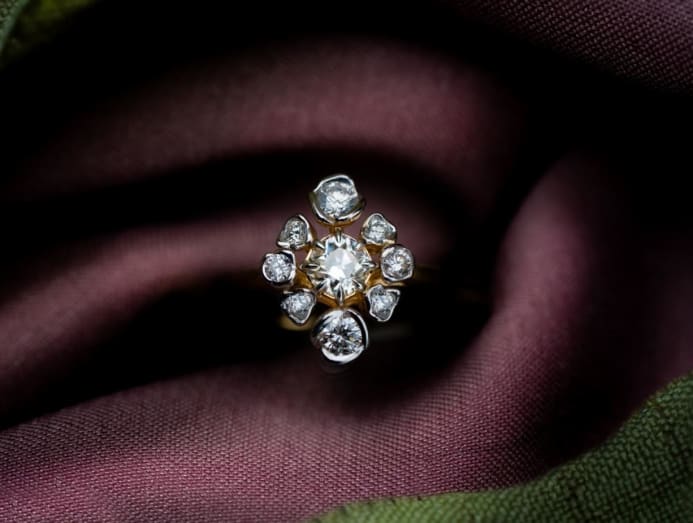 A ring featuring old cut diamonds from Choo Yilin's Estate collection. (Photo: Choo Yilin)
A ring featuring old cut diamonds from Choo Yilin's Estate collection. (Photo: Choo Yilin)
When reading up about antique diamonds, you’d often see them referred to as “old-cut” diamonds. The term is generally used in reference to antique diamonds that were cut by hand, and cutting styles that were prevalent before the 1800s. Some jewellers also use it to refer more specifically to old mine cut and old European cut diamonds – two old cuts that have gotten quite a bit of attention from antique diamond buyers in recent years.
The old European cut diamond has a rounded shape that is similar to the modern round brilliant cut, while the shape of old mine cut diamonds can range from cushion, to rounded or irregularly shaped forms.
NEWLY POPULAR: OLD MINE CUT DIAMONDS
 (Photo: Choo Yilin)
(Photo: Choo Yilin)
Old mine cut diamonds, in particular, have seen a resurgence in popularity lately. “Unlike the engineered sparkle of modern diamonds, old mine cut diamonds have a softer, more natural radiance reminiscent of candlelight,” said Choo.
“The old mine cut features larger, fewer facets – in comparison to the modern brilliant – that create broad flashes of light and deeper fire. It also has a smaller table (the flat top surface of a diamond), which emphasises the depth of the gem. Old-cut diamonds typically have a warmer hue (due to the mines that they come from), which adds to their richness and depth,” she elaborated.
These diamonds do not have a perfectly symmetrical shape, since they are crafted by hand. Many old mine cut diamonds also have a cushion-cut-like shape, which evokes a certain “vintage-style” appeal. Slight inclusions in the diamond are generally embraced as part of the gem’s unique character, and are a characteristic accepted by sellers and buyers.
APPRECIATING THEIR ONE-OF-A-KIND CHARM
Naturally, the modern concept of the 4Cs of diamond grading cannot be applied in the same way to old-cut diamonds, since they are produced long before this system was created and without the aid of technology. They are to be appreciated with a different eye and for their unique beauty, and not by the type of perfection that’s defined by contemporary standards.
“We love old mine cut diamonds for their individuality. Each stone is hand-cut, with no two diamonds visually alike. This uniqueness offers a beauty rooted in imperfection and authenticity, qualities we deeply cherish. It may be a little dramatic to say this, but these diamonds are more than just beautiful stones – they’re storytellers, steeped in history, artistry and character,” Choo said.
Antique diamonds are not for everyone – some people will prefer the brighter dazzle of modern-cut diamonds. “The clients who are drawn to old-cut diamonds usually have a deep appreciation for heritage and history, and thus the unique qualities of these gems,” she added.
SOURCING OLD-CUT DIAMONDS
“The nature of old-cut diamonds is that supply is genuinely scarce, and it can be a bit of a journey sourcing for them. We buy ours from highly respected specialists in Europe and the United States, specialising in antique and estate jewellery. Many of them are multi-generation family businesses that have been in the trade for decades, with some tracing their expertise back over 170 years,” shared Choo.
Buying modern diamonds, in comparison, is much more straightforward – besides being readily available, they can also usually be found in the size and specifications that one desires.
“Old-cut diamonds, however, are a different story altogether. When we come across a piece we truly love, we acquire it – because supply is finite or scarce, and each stone is one of a kind. It’s virtually impossible to dictate exact specifications, simply because these diamonds were hand-cut and have little asymmetries and characteristics that modern-cut diamonds don’t have,” she added.
“Each diamond is treasured as a singular work of art. No two are ever the same, and their value lies as much in a distinct feeling you get from each piece as you would in the technical specs. In other words, procuring old-cut diamonds takes a lot of time, patience… and a little bit of magic,” Choo said.
Where cost is concerned, old-cut diamonds can vary widely in pricing. According to Choo, they can be available at prices in the low thousands (mostly for diamonds that are under one carat in size) while bigger sized ones can go up to millions of dollars.
While carat weight is a pricing factor, there are also other determinants, such as the historical significance (the period in which the diamond is made) and overall quality of the diamond. There are no specific, set standards tied to these factors since the value of antique diamonds is tied to their perceived value and buyers’ preferences – unlike modern diamonds, which are largely priced according to their grading.
Choo noted that old-cut diamonds may be less influenced by market fluctuations than modern diamonds. “Their rarity and perceived historical significance are seen by some as a degree of price stability. Some jewellery collectors and enthusiasts view them as having long-term appreciation potential, in addition to their aesthetic and sentimental value,” she explained.
SETTING OLD DIAMONDS IN NEW DESIGNS
While some prefer retaining old-cut diamonds in the jewellery that they originally come in, others like to explore setting them in a brand new or partially reworked design. If you’re wondering if old-cut diamonds will work well with modern jewellery designs – the answer is yes, according to Choo, who thinks that old-cut diamonds can be very versatile.
She has reimagined quite a number of antique jewellery pieces for her brand’s Estate Collection, turning them into updated styles that still retain the essence of their original forms. “Working with these stones requires a special skill, as their unique characteristics can differ greatly from modern-cut diamonds. Crafting and setting these diamonds is an art that not all contemporary bench jewellers may be accustomed to, as the techniques needed to honour their beauty are distinct,” she shared.
While there are ways to bring out the best of old diamonds, there is, of course, no definite right or wrong when it comes to designing new jewellery styles for them. Ultimately, it’s all about one’s personal enjoyment of the resulting creation – what’s important is that it is a piece you will love and cherish for a lifetime.


